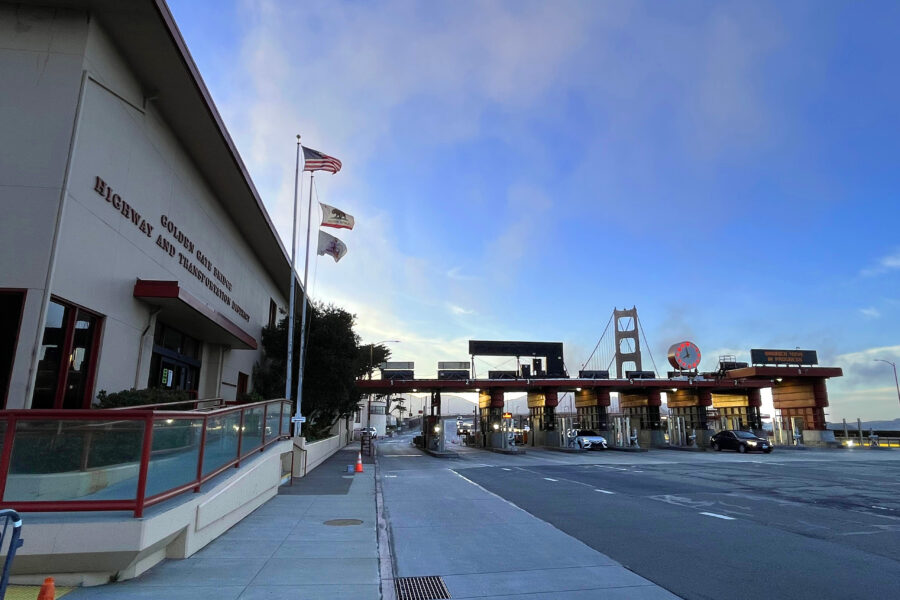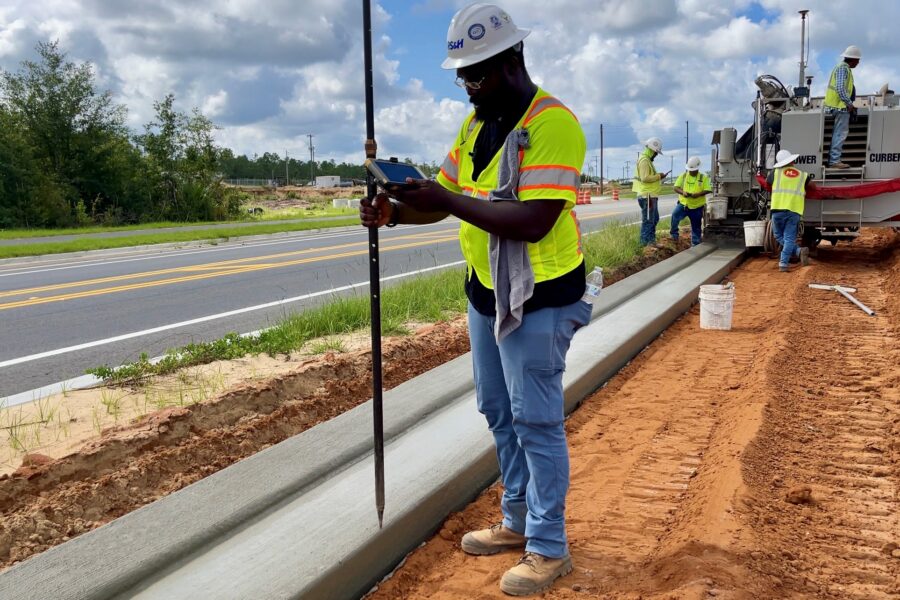7 Tips for Managing Assets & Extending the Life of Existing Bridges

Right now, Departments of Transportation (DOTs) across the country are facing a large number of aging bridges and structures that need extensive repairs or replacements. Oftentimes, the available funding for these repairs or replacements doesn’t meet the ever-growing need.
That’s why extending the life of structures with preventative maintenance is key to successfully managing an inventory of structures – and why sharing knowledge is so important. Below, we offer some tips for DOTs making decisions about managing existing bridge and structure inventories.
1. Use dedicated software to help manage priorities
With so many bridges and structures on the repair list, it’s important to be able to make informed decisions about what needs to be done now and what can wait until future funding is available.
In partnership with the Colorado Department of Transportation (CDOT), RS&H created a software platform that uses standard inspection data to identify maintenance and repair needs, estimate project costs, and prioritize maintenance or repair for all of the state’s bridges.
The software platform focuses first on factors such as the condition of the deck, superstructure, substructure and joints. On a secondary level, the software further prioritizes structures based on analysis of other considerations, including vertical clearance, scour critical, average daily traffic volumes and length of detour if the bridge were to be closed for emergency repairs or replacement.
Investing in a solution like this now will help your agency’s asset managers make informed, data-driven decisions to get the most out of your funding. The software will work for any DOT using the National Bridge Inventory (NBI) inspection data, and it is quickly customizable to meet your specific needs.
2. Take advantage of cost-saving opportunities to combine similar work and bundle projects
From preventative maintenance and repairs to surface treatments and capital improvement projects, coordinating all of your project delivery programs helps identify the best time to perform work and opportunities to bundle timely projects in a cost-effective way.
Small scale stand-alone preventative maintenance projects can be very expensive. You can get significant cost savings by combining preventative maintenance with other planned projects like surface treatment projects. In such cases, most of the preventative work can be performed within the planned traffic control, and the cost of materials (like asphalt) is very economical. Because you’re adding onto existing work, it can be done more cost-effectively, allowing you to take advantage of the cost savings to work on additional structures.
Bundling preventative maintenance projects will also give you economy of scale and limit the risk of cost overruns. By putting a larger number of bridges into one package, an overrun on one or two bridges will likely be averaged out by underruns on others. This protects your DOT from surprises that can be found once deck repair has started.
Our software facilitates bundling bridges into projects based on location and similar types of work and helps coordinate all your project delivery programs, saving you time and money.
3. Start preventative maintenance earlier
Agencies are walking a tough line, balancing significant repair and replacement needs with preventative maintenance opportunities.
There is considerable value in prioritizing preventative maintenance.
The relatively small amount of money you put into bridge preservation now will save a lot of money in repairs and replacements down the road. Through preventative maintenance, you’ll be flattening the deterioration curve for more bridges and getting the most out of your existing structures.
Long term, this will put your DOT in a better position financially.
4. Understand the immediate cost and the overall life-cycle cost
Sometimes, the lower-cost option is the only option. But it’s important to know that it can cost you more in the long run.
For example, a silane sealer on a bridge deck only lasts about two years, while a new membrane should last for 25 to 30. If you’re adding a silane sealer onto the deck every two years, you may end up paying just as much or more than you would for a new deck membrane – with less time added to the bridge’s life.
The actual life cycle cost of these “lower-cost” options can be surprisingly expensive. The overall cost can go beyond the price of materials and labor to include traffic control and other associated project costs – which can be more than the treatment cost itself. That exponentially adds up if you’re applying a treatment every two years.
5. Address joints and deck sealant to make big impacts
Sealers and joints that fail prematurely can cause unnecessary structure deterioration.
Protecting bridges by keeping them sealed is particularly important in corrosive environments where chlorides are used to melt the ice. Deck sealing options and polyester concrete overlay are gaining prominence as well as new membrane materials that provide options to the more traditional asphaltic membrane and asphalt overlay. Less costly options include concrete sealer or methacrylate to seal cracks on decks or rigid overlays, although they have a shorter lifecycle.
When joints fail, it is often because they were not designed to meet the needs of the specific locations. Changing joint types can be expensive, so selecting the right joint the first time can save expenses on future joint maintenance.
6. Extend the life of a bridge with aggressive measures
In cases where you just don’t have the money in your budget to replace a bridge, you do have some alternatives.
Deep-Cut Hydro Demolition of Bridge Deck
With this method, you completely remove the deteriorated top half of the bridge deck (about 3 ½ inches) using hydro demolition and then replace it with new concrete material. If the bridge is in a colder climate, it is recommended you take a chloride content sample before starting the project to determine how concentrated the chlorides are and how deep the saturation goes. In general, taking chloride samples is recommended for all removal methods on bridges with lower-rated deck condition.
It is important to take these precautions. The deicing chemical applied in the winter in colder climates can penetrate the bridge deck, corrode the rebar and cause the concrete to delaminate and spall. In cases where this has occurred and the chloride content is high, the damage may go below the top half of the bridge deck, making deep-cut hydro demolition inadvisable.
Fast-Track Hydro Demolition of Bridge Deck
With the fast-track option, you only remove the concrete that is weak and deteriorated. As a result, this method is faster and cheaper than its deep-cut counterpart.
However, fast-track hydro demolition doesn’t always remove the concrete below the reinforcing steel, which can result in the replacement concrete not getting locked in under the rebar. Consequently, the bonding of the new concrete material could be jeopardized.
To get the best bonding, you should be cognizant of the type of concrete you choose and the construction limitations it may have.
7. Keep the degradation curve in mind
Like many agencies, you’re probably well aware of the issues you’re facing with aging bridges and structures.
By focusing on the degradation curve, partnering with experienced professionals and leveraging software, you’ll be able to choose the bridges and structures that make the best use of available funding.
Right now, your funding is limited, and your agency is faced with doing more with less. We can help you prioritize and plan for your transportation network’s future with cost in mind.
In the Pacific Northwest? Learn more about our infrastructure services for Oregon and Washington.




